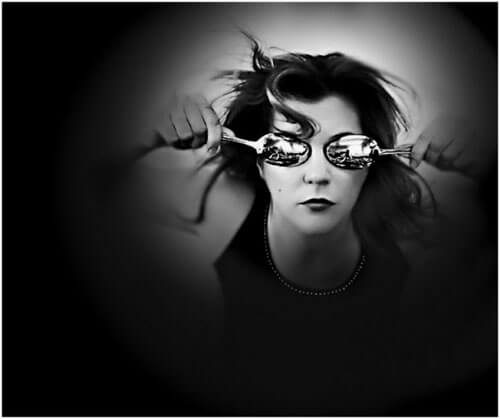Angela Bacon-Kidwell is an award winning photographer and visual artist that lives and works in Texas. Angela has a BFA from Midwestern State University, Wichita Falls, Texas, with specialization in painting and photography. Her work emerges from her journey of recovering a sense of self, strength and spirituality through an examination of her identities as daughter, granddaughter, wife, mother and artist. Her photographic work has received numerous awards and honors and has been exhibited and published both nationally and internationally. Recent awards and recognition’s include: nominated for the Santa Fe Prize for Photography in 2011, Finalist for the John Clarence Laughlin Award, First place in the Palm Springs Photo Festival, First Place in the Texas Photographic Society International Competition and 2012 lecture at the Annenberg Space for Photography in Los Angeles.
She is currently represented by Afterimage Gallery, Dallas, Texas, Wallspace Gallery, Santa Barbara, CA and Galerie BMG, Woodstock, NY
Home by Nightfall (2012-2014)
Silence ceased for him in 2011
not a whisper, but a relentless roaring thunder
molding his spirit into mourning
In his misery, a new vaporous malice was brewing
the ringing was a warning
tinnitus and cancer were converging
Every known eradication was pursued
He and I, separated by many miles,
shared a need for solitude
cultivated by lucid country drives
We drove separately through the dark districts of our minds
invariably contemplating what was to come,
a symbiotic transitory landscape emerged
and the thunder soared in 2013
Questions, Answers, Questions, Answers
Questions, Answers, Questions, Answers
Questions, Answers, Questions, Answers
all tedious throbbing answers
How many miles in a life?
What shape is the color grey?
When does an echo become whole?
During the three years of relentless discord,
I created images of these ambiguous queries
emoting, sensing, seeking
There is a truth in "big" questions with small answers
Clarity in the midst of chaos
Hope in the face of despair
Silence returned for him on May 24, 2014
He was my father.
